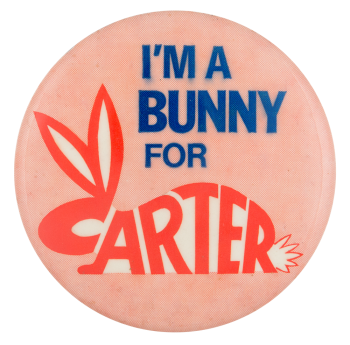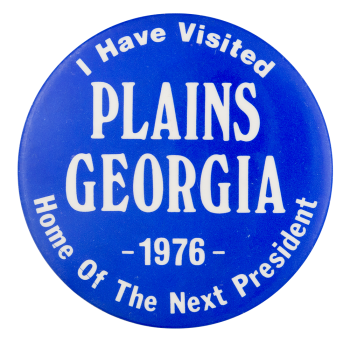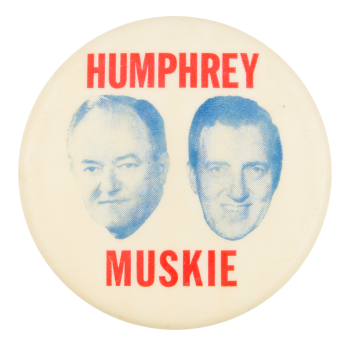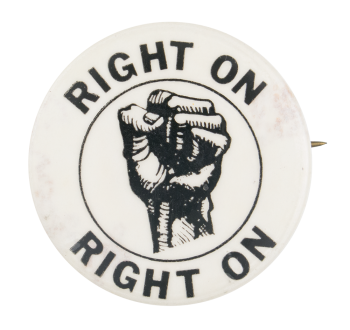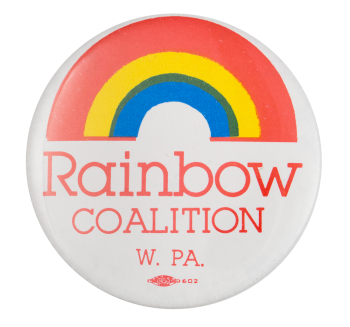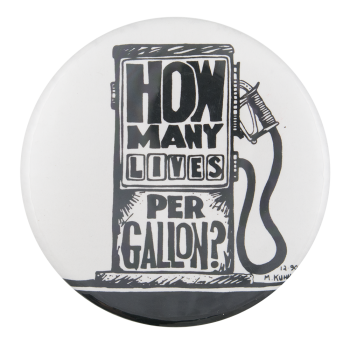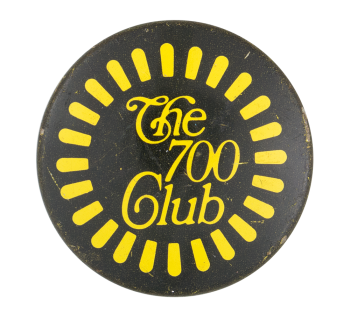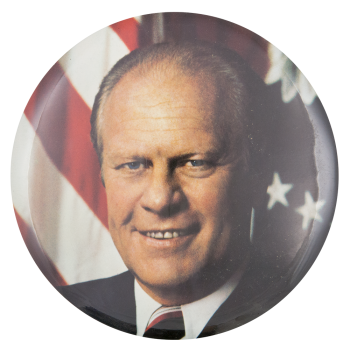I'm a Bunny for Carter
| Category | |
|---|---|
| Additional Images | |
| Sub Categories | |
| Text on Button | I'M A BUNNY FOR CARTER |
| Image Description | Pink background with blue text, while the word "Carter" is spelled out in red letters to resemble a rabbit. |
| Curl Text | L.L. LASKO (MR.3L) POLITICAL ITEMS PHILA. PENNA. (union bug) |
| Back Style | |
| The Shape | |
| The Size | |
| Year / Decade Made | |
| The Manufacturer | |
| Additional Information | In an interview that was published in November 1976 for Playboy Magazine, then-Governor Jimmy Carter sat down with interviewer, Robert Sheer and discussed how religion factored into his life and beliefs. When the topic of lust came up, Carter famously replied by stating that: "I've looked on a lot of women with lust. I've committed adultery in my heart many times. This is something that God recognizes I will do-and I have done it-and God forgives me for it." The comments were highly controversial at the time, threatening Carter's campaign for the presidency. Though Carter would go on to win the presidential election, his Playboy interview has been hailed as an infamous aspect of Carter's overall political career. |
| Sources |
Sheer, R. (1976, November). Playboy Interview: Jimmy Carter. Playboy Magazine. Retrieved from http://www.playboy.com/articles/playboy-interview-jimmy-carter I'm a Bunny for Carter. Anderson Americana: Political and Historical Memorabilia. Retrieved from http://www.anderson-auction.com/im-a-bunny-for-carter-lot106864.aspx |
| Catalog ID | PO0703 |

